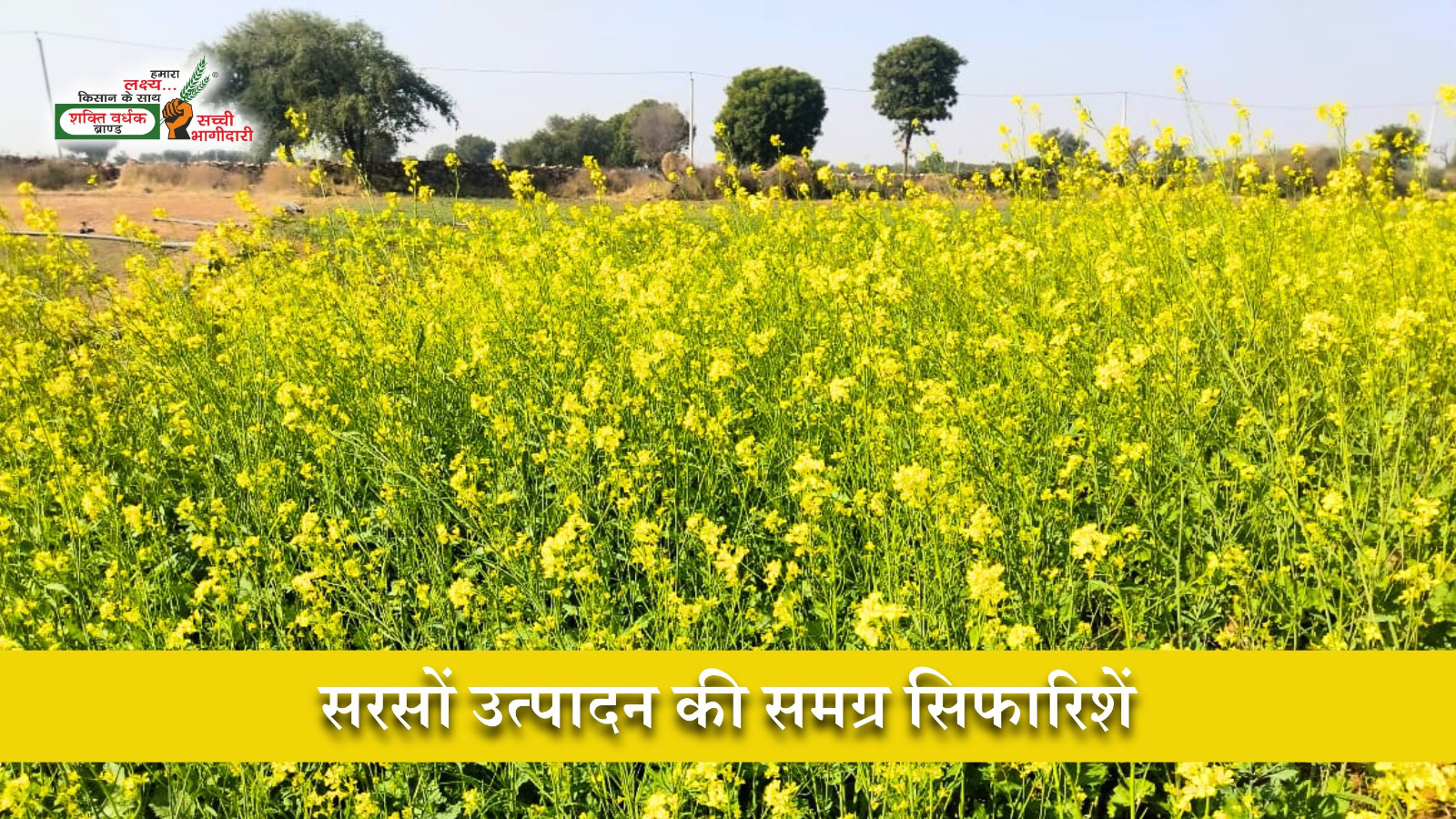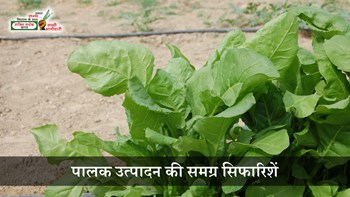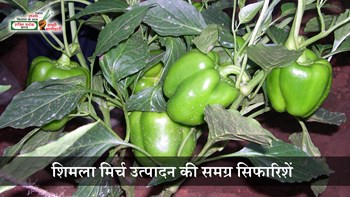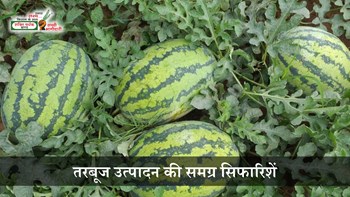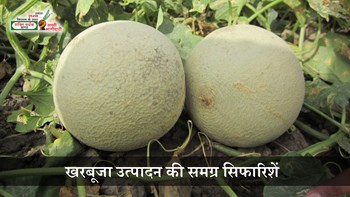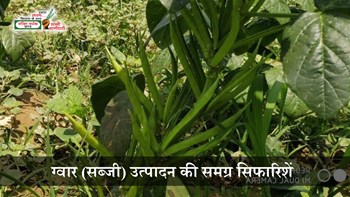Soil and Land Preparation:
Light loamy soils are ideal for mustard cultivation. Prepare the field with 2–3 ploughings followed by planking. In rainfed areas, ensure moisture retention in the soil.
Sowing Time:
Mustard should be sown between September 30 and the last week of October. Avoid early sowing, as high temperatures during this period can lead to pest attacks like Painted Bug (Dholia).
Seed Rate:
Use 1.25 to 1.50 kg of high-quality seed per acre. Always use treated seeds to prevent disease.
Sowing Method:
Avoid broadcasting. Sow seeds in rows with 45 cm spacing between rows and 15 cm between plants. Do not sow deeper than 4–5 cm. Thin out excess plants after three weeks of sowing. Before sowing, treat seeds with one packet each of Azotobacter and Phosphotika biofertilizers.
Fertilizer Application:
-
Rainfed areas: Apply 35 kg urea and 50 kg single super phosphate (SSP) per acre at sowing.
-
Irrigated areas: Apply 75 kg SSP, 35 kg urea, 13 kg MOP (Muriate of Potash), and 10 kg zinc sulphate at sowing. Apply an additional 35 kg urea per acre after the first irrigation.
Prefer SSP over DAP, as SSP contains 12% sulfur, which is beneficial for oilseed crops. If using DAP, apply 100 kg gypsum per acre before final ploughing. Alternatively, spray 500 g Sulfax in 100–125 liters of water per acre after 35–45 days of sowing.
If zinc was not applied at sowing, spray 500 g zinc sulphate and 2.5 kg urea in 100 liters of water per acre upon showing deficiency symptoms.
Irrigation Schedule:
Give the first irrigation at flowering and the second during pod formation. In case of frost risk, apply a light irrigation.
Control of Orobanche (Parasitic Weed):
To manage Orobanche, spray 25 ml Glyphosate 41% SL (Roundup or Glycel) in 150 liters of water per acre, 25–30 days after sowing. Repeat with 50 ml glyphosate in 150 liters of water at 50 days after sowing. Ensure adequate soil moisture and irrigate either 1–2 days before or after spraying. Use a flat-fan nozzle and avoid spraying during flowering or early mornings with dew. Do not exceed the recommended dosage.
Major Insect Pests and Their Management:
-
Aphids, jassids, and leaf miners: Spray 400 ml Dimethoate (30 EC) or 70 ml Imidacloprid per acre in 150–200 liters of water. Repeat after 15–20 days.
-
Hairy caterpillar and mustard sawfly: Use 500 ml Quinalphos (25 EC) or 250 ml Monocrotophos (36 SL) per acre in 200–250 liters of water.
-
Painted Bug (Dholia): Spray 200 ml Malathion (50 EC) in 200 liters of water per acre. Avoid early sowing to reduce infestation risk.
Major Diseases and Management:
-
Alternaria Blight: Circular brown-black spots with concentric rings appear on leaves and stems.
-
Downy Mildew: Purple-brown patches appear on the undersides of leaves, with yellowing on the upper surface.
-
White Rust: White pustules form on leaf undersides and stems, often leading to malformed stems and flowers, especially in late-sown crops.
Control all above diseases with two sprays of Mancozeb (Indofil M-45 or Dithane M-45) at 600 g per acre in 200 liters of water at 15-day intervals.
Stem Rot:
Plants may break near the base or during pod formation. Treat seeds with 2 g Carbendazim (Bavistin) per kg of seed. Also, spray 200 g Bavistin in 200 liters of water per acre at 45–50 and 65–70 days after sowing.
Special Instructions:
-
To improve seed germination, soak 1 kg seed in 250 ml water for 30 minutes. Let it dry in shade until just dry before sowing.
-
Do not sow mustard in fields recently treated with Imazethapyr (used in guar fields), as it affects seed germination and plant growth may stop at 4–6 inches.
